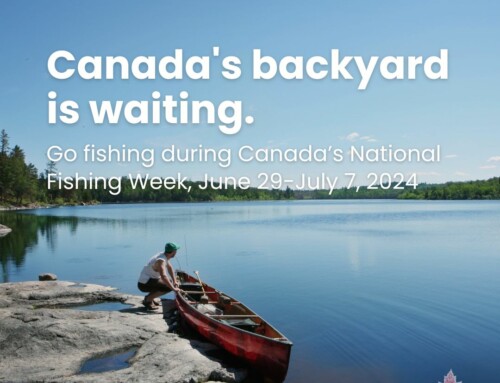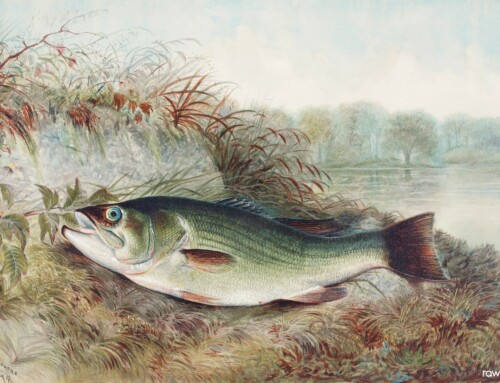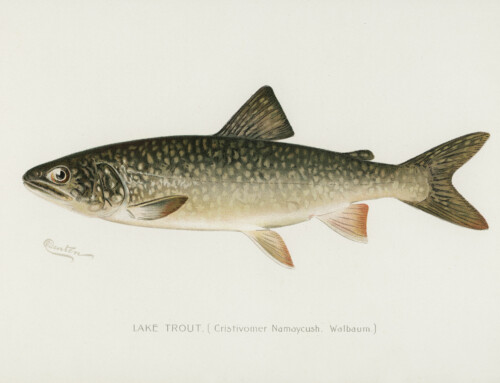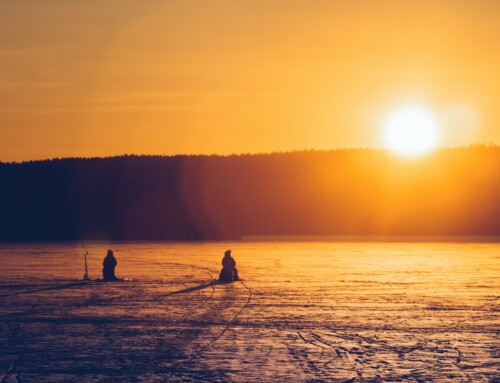Originally Published by CBC, June 19, 2015
By Greg Rasmussen
You might call Erin Stoddard the surgeon to the sturgeon.
The B.C. government biologist often finds himself chest deep in the mighty Fraser River, scalpel in hand, carrying out operations on live fish weighing hundreds of kilograms.
It’s all part of his job solving the mysteries of the province’s largest freshwater sport fish.
The white sturgeon and its relatives are remarkable survivors. They’ve endured 200 million years of global climate change and continue to eke out an existence in the face of serious modern day threats.
“They’re really a special species,” he told CBC News during a recent expedition on the river. They are the top predator in the Fraser, so they’re also one of those canary species, one of the special ones that if everything is going well on the river, and the sturgeon are doing well in the river, then obviously things are OK.”
Stoddard spoke as he and a small crew headed upriver in a jet boat hoping to catch one of the larger sturgeon lurking below. Their goal was to collect blood and DNA samples before implanting a radio tracking device and releasing the creature back into the river.
But it’s no easy task.
Catching a giant
First of all, locating a large specimen requires an in-depth knowledge of the river and the varying habits of sturgeon, which can roam widely.
Tony Nootebos, owner of the B.C. Sportfishing Group, is one of the river’s top guides. His company runs a fleet of more than 20 boats, bringing in customers from around the world who are determined to get a photo taken with one of the fish, which can weigh hundreds of kilograms.
“There are very few places in the world you can fish them. They can attain weights of well over 600 pounds, and grow over 100 years old, so it’s a unique fish.”
With his livelihood riding on the health of the stocks, Nootebos has taken a keen interest in conservation, working with Stoddard as well as the Fraser River Conservation Society and its honorary chair, Rick Hansen.
When asked about threats to the sturgeon, Nootebos puts humans at the top of the list.
“Poaching is big, habitat destruction is big, and many other factors we’re not even aware of yet. There are fewer young fish than we’d like to see, so spawning habitat has got to be protected.”
To help solve that problem, Stoddard has been implanting and tracking the older, breeding-age sturgeon in the Fraser River so he can map out their travels, find their spawning spots and suggest changes in policy to protect them.
After anchoring at a spot he wants kept secret, Nootebos baits up several fishing lines with salmon roe and eel.
At first two small sturgeon are reeled in, but then a huge one takes the bait. An hour later, Stoddard is sweating and groaning as he tries to bring the fish to the boat.
“This is definitely a strong fish, outweighs me; it’s already jumped four times, but doesn’t seem to be weakening at all.”
Exhausting struggle
For another hour, Stoddard and PhD candidate Montana McLean, who is with the Ocean Tracking Network, take turns fighting the fish. Arms are numb and backs and legs are aching by the time the fish finally tires.
The boat is beached and then all hands on board jump into the water to wrestle the sturgeon into a sling designed to keep it safe and comfortable while it’s studied.
The fish measures 269 centimetres in length and is nearly a metre around at its thickest point.
Stoddard makes a careful incision in the fish’s belly, inserts a radio tracking device about the size of a short cigar into the belly and sutures it back up.
Sturgeon science
McLean takes blood samples and a small piece of fin for DNA analysis. The blood is examined to measure chemicals that reveal how much stress the fish experienced due to the long fight. That study could lead to improvements in handling the fish, and provide insight into whether the catch and release sturgeon fishery needs rule changes to safeguard the threatened species.
Stoddard estimates this particular river giant is a female, at least 50 years old, and has spawned numerous times, making it vital to the survival of the species. “They spawn until they die, and the bigger they get the more eggs they have.”
Released back into the water, the giant fish swims away as Stoddard and crew look on.
“The more you learn the more you don’t know. They really are a remarkable fish, there are things about them we’re just starting to understand.”
With the tracker implanted, the fish can be mapped as it swims up and down the river and possibly out into the ocean.
“That’s going to give us the information we need, tracking that fish over the years, finding out how frequently they’re spawning, where they’re spawning and how they can reproduce. That’s the real true goal of tagging a fish like that.”
Photo courtesy of Glen Kugelstadt / CBC







